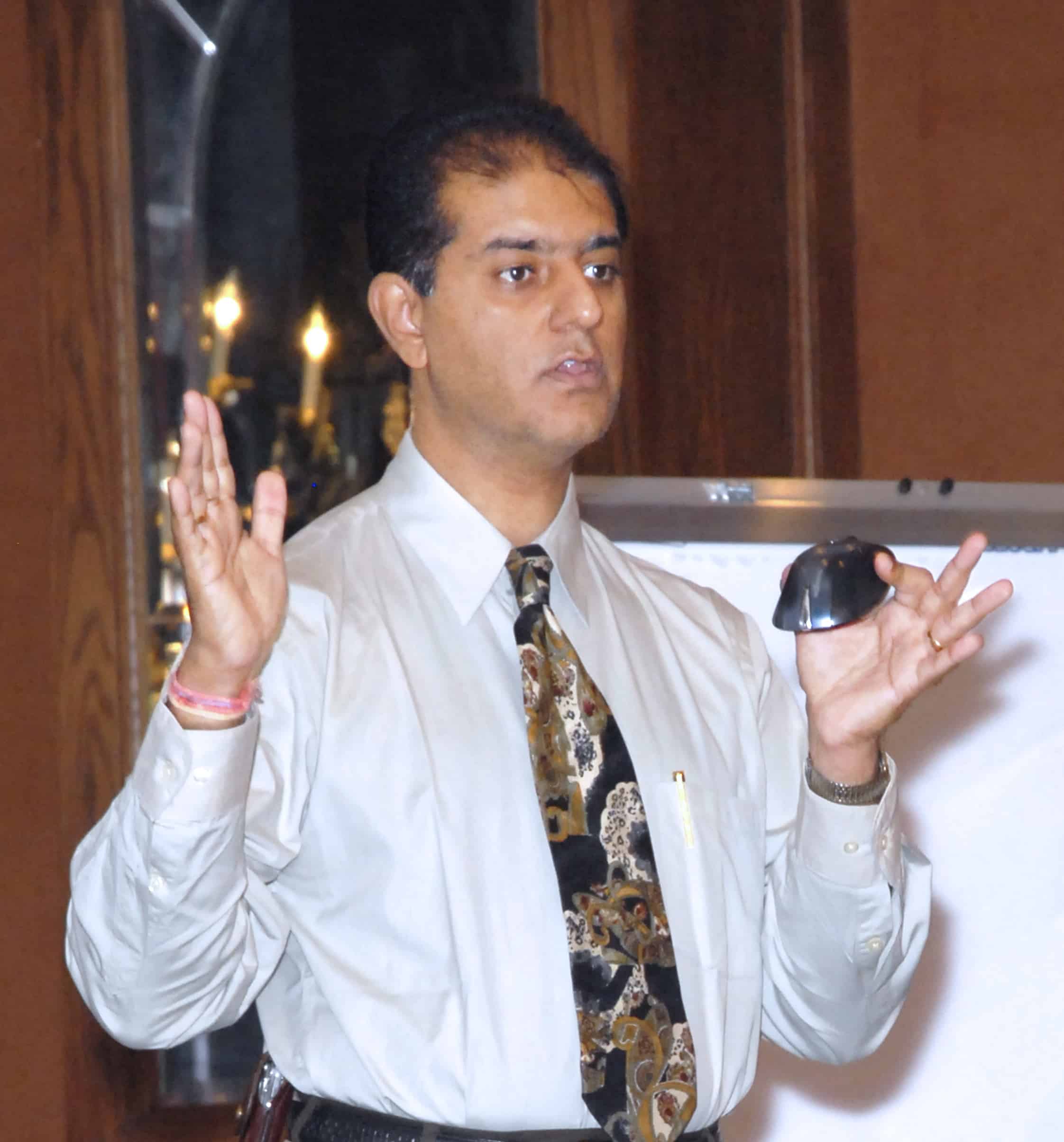Oil & Gas E&P Best Practices Shared at the Summit

Sanjay Gandhi facilitated the Refining, Petrochemical/Chemicals, Pipelines, & Terminals Best Practices Session at the 2009 TapRooT® Summit. Here’s a quick summary of the best practices that were discussed:
- A number of companies risk rank their near misses from a potential severity perspective and investigate the root causes of those with a potentially high severity rating;
- In one oil company, the reliability engineer undertakes an independent QA/QC check on the root cause analysis process undertaken by others;
- Another oil company utilizes subject matter experts (SMEs) to lead and undertake TapRooT investigations;
- One energy company sends their staff, including union members, on the joint H&S committee on 2-Day TapRooT Courses in order for them to understand the process of objective investigations;
- One oil company uses a database interface to call up all their Equifactor investigations for various components that exist in the database. Each equipment type is coded, and if such equipment failed previously in service, a list of possible failure causes pops up;
- One company uses a recognition and rewards system in their refinery to reward workers who report any near losses with high potential severities;
- One company in their European office uses Safeguards analysis in their MOC process for identifying H/S/T and building these into their MOC system.
Of course, the best part of these sessions is the discussion of each best practice by those in attendance. To participate, plan to attend the TapRooT® Summit in 2010 (Oct 20-22 – San Antonio, TX) and bring your best practices to share.



